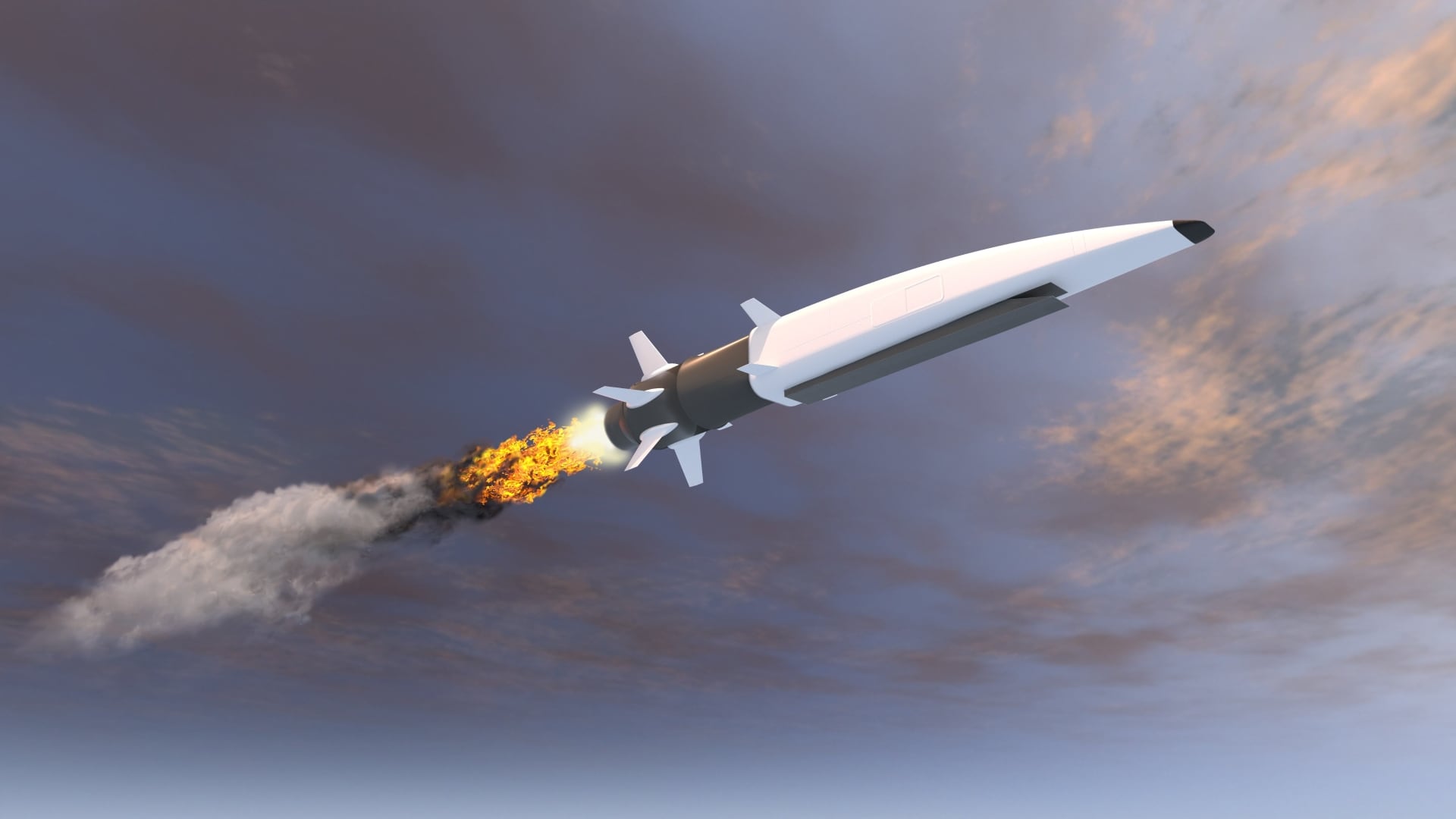Despite the common adage that the Defense Department moves too slowly on acquisition, officials say the Pentagon can move quickly when it wants to. But the key, in those instances, is balancing risk, said Col. Donald McDaniel, portfolio manager in the command element systems at Marine Corps Systems Command.
Some initiatives within DoD, such as the DoD 5000, which governs acquisition “actually grant us a lot of elasticity,” McDaniel said during a panel discussion at a defense conference in Charleston, SC Dec. 7 hosted by the Charleston Defense Contractors Association.
As an example, he pointed to when Marine Corps Systems Command fielded an antenna system on the back of a C-130 that allows for en route communications in three months.
“When something really needs to be out there quickly, we can do it,” he said, adding that speed is relative to risk, and DoD must assess how much risk are it’s willing to take.
The effort to rapidly get mine resistant vehicles to the front lines during the Iraq War in the face of devastating IED threats is an often touted example of how DoD can go fast in the acquisition space.
Prototyping
Prototyping efforts, an approach the Defense Department has moved away from slightly in recent years can also help fast track solutions to the front lines, or at the very least, make leaders aware of what is in the art of the possible.
[Selva: Innovators must be willing to be wrong]
“I think we have a great appetite from our senior leadership to go ahead and pilot and prototype,” Patrick Fitzgerald, program manager at the sea warrior program office within the Navy’s PEO-Enterprise Information Systems, said at the same panel.
This is a departure from years past in which innovation was often frowned upon within DoD given the high risk of failure.
Pete Reddy, chief engineer at Space and Naval Warfare Systems Command Atlantic, highlighted the Ship to Shore Maneuver Exploration and Experimentation, or S2ME2, Advanced Naval Technology Exercise, or ANTX, that took place at Camp Pendleton in April. That exercise demonstrated emerging technologies in a contested littoral environment.
[Marine exercise takes aim at emerging technologies]
The events offer a high return for contractors, he said, because senior leaders in Navy and Marine Corps are looking at technologies in a realistic environment. Of the approximately, 100 technologies demonstrated at the recent S2ME2 ANTX, around 20 or 30 are being looked at to be fast tracked, Reddy said.
He also noted that there will be more of these types of demonstrations in the future, although not all will be as large as the S2ME2 ANTX. A cyber-focused and information-focused ANTXs are also on the horizon, he said.
Mark Pomerleau is a reporter for C4ISRNET, covering information warfare and cyberspace.








